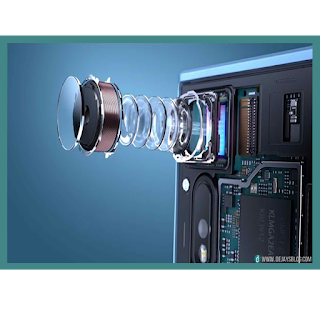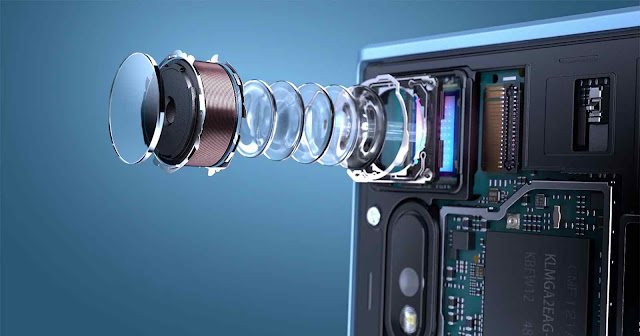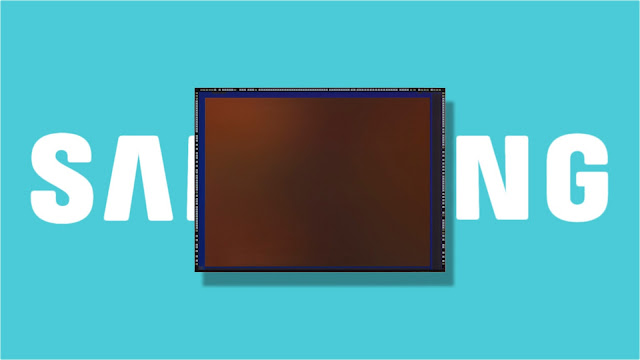It is no surprise that cameras have become one of the main selling points in flagship smartphones with companies always competing to stay at the top by providing the absolute best camera experience possible. To have a great camera capable of capturing stunning images depends on getting a combination of things right. Both the hardware and software must complement each other well in order to take a great picture.
If there is an unbalanced relationship between these two, you may be able to take good, but not great pictures. Therefore having great hardware does not mean great pictures as the image processing software of a device plays a major role. However, the basis of a camera is the hardware and a major aspect of said hardware is the Megapixel count of the sensor. Simply put, the Higher the Megapixel count of a camera, the more detail it is able to capture.
2019 and 2020 has seen some devices come equipped with larger-than normal megapixel sensors in their camera’s which have been described as “overkill” by many. While a larger sensor is great for taking higher detailed and sharp images, they turn to take up a lot of space due to the large sizes of the images they take, and also takes longer to process which in turn affects battery life for the worse. Devices like the Samsung S20 Ultra and Xiaomi Mi 10 Pro launched with 108mp main cameras, which do take great photos but isnt enough of a difference from photos taken with a 12 or 48megapixel camera sensor to justify its inclusion. This has lead many to the conclusion that 12megapixels is enough for smartphones, for now. But Samsung thinks otherwise.
In an official editorial on their website, Samsung has confirmed that they are developing a camera sensor that can capture more detail than the human eye can. The resolution of the human eye is somewhere around 500 megapixels, so Samsung is going a step further to develop a 600-megapixel camera sensor for the first time. This sensor will not be used only in smartphones but also in drones, cars and IOD devices. They are also working on sensors that can detect smell and taste which would be useful in many areas, especially in the health sector.
We should not expect to see these sensors in a smartphone anytime soon, because as of now, the most powerful mobile phone processors support up to 200-megapixel sensor size only making it impossible. When developed, it will be of great use to professionals in many fields, not so much for smartphones though but at the rate at which technology is developing, you never know.



